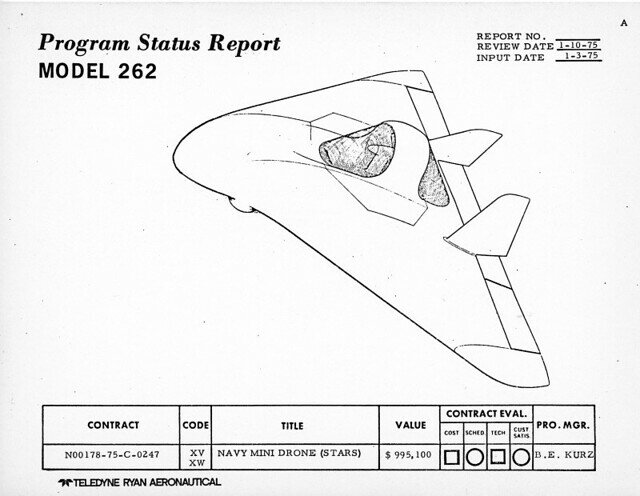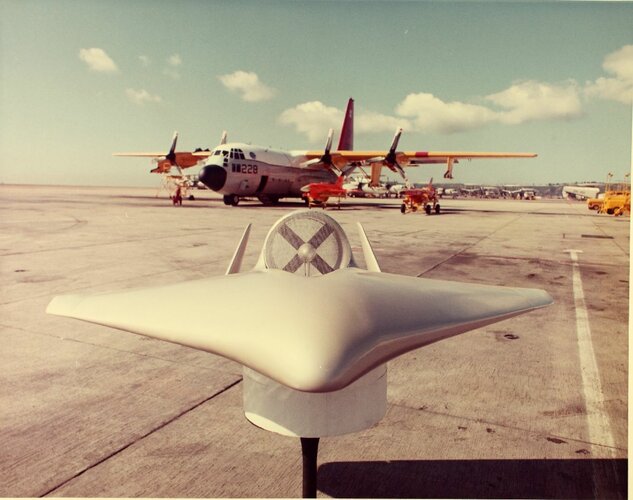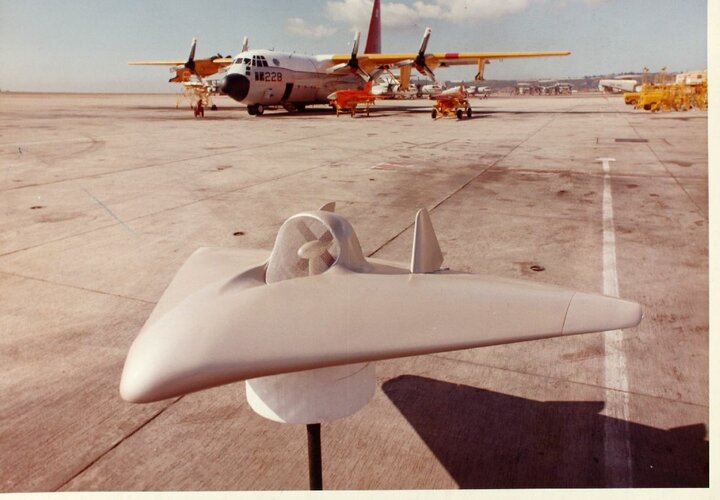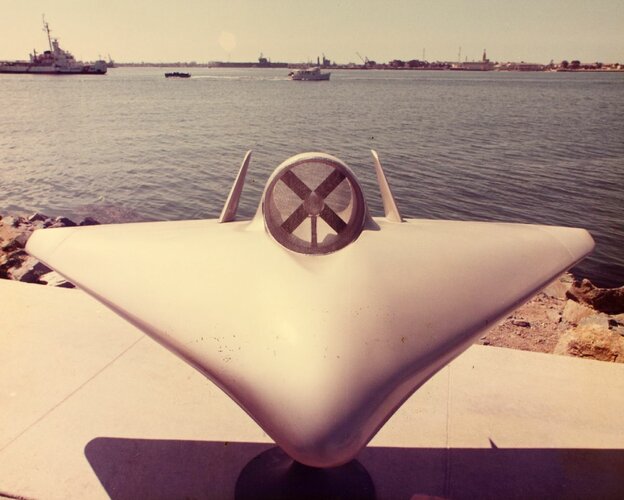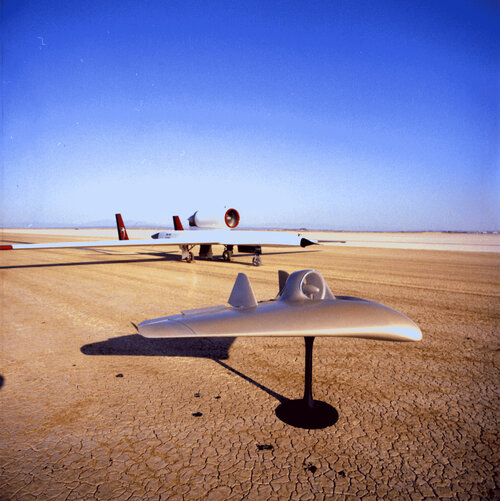- Joined
- 16 April 2008
- Messages
- 9,601
- Reaction score
- 14,474
Slightly more on-topic, the STAR RPV was a staple of some 1970s "advanced marine vehicle" designs. For example, the HYD-7 hydrofoil escort was supposed to carry as many as a dozen RPVs like this.
Also the HYD-2, which was more of a true frigate (FFG-7) successor

